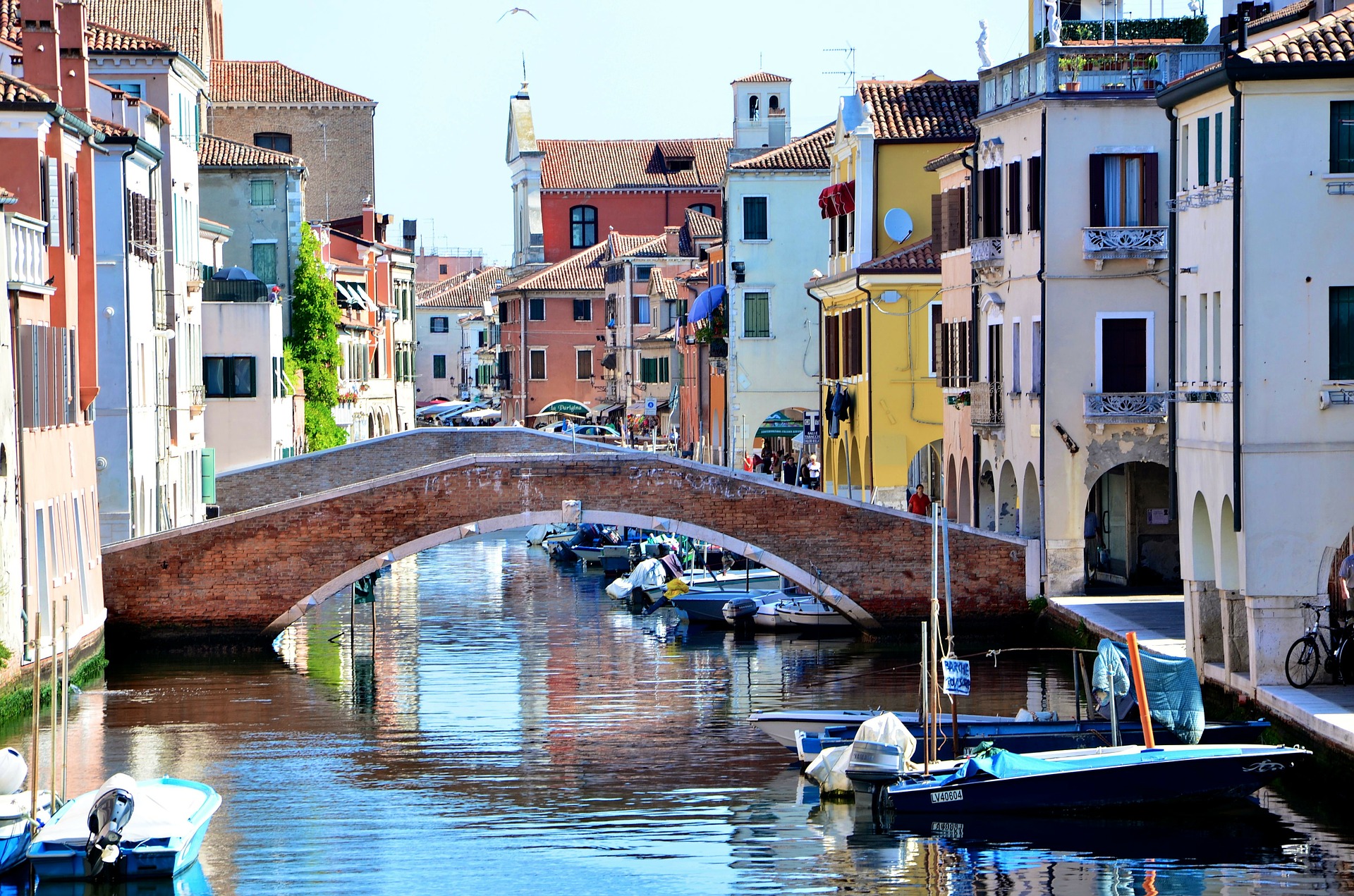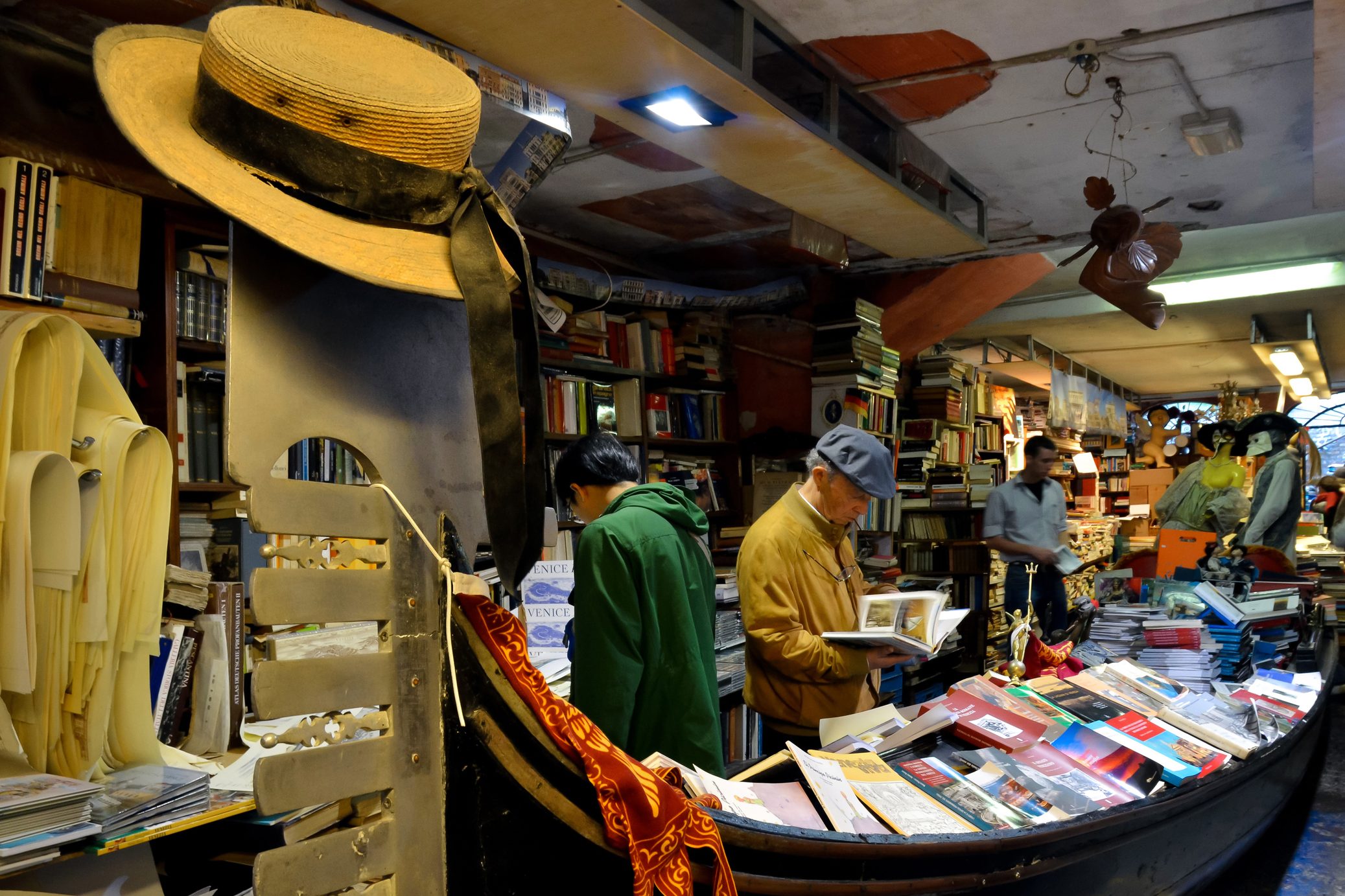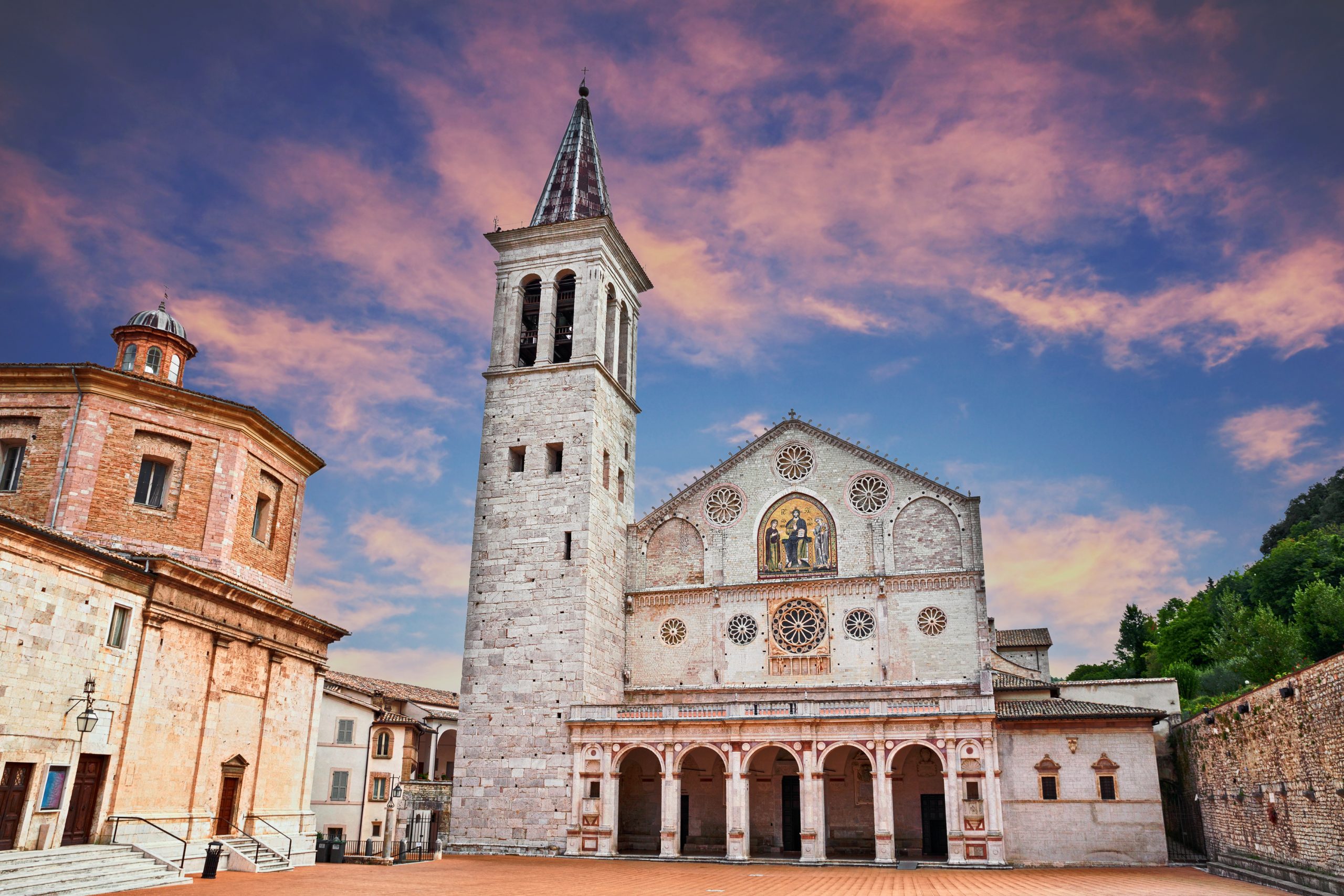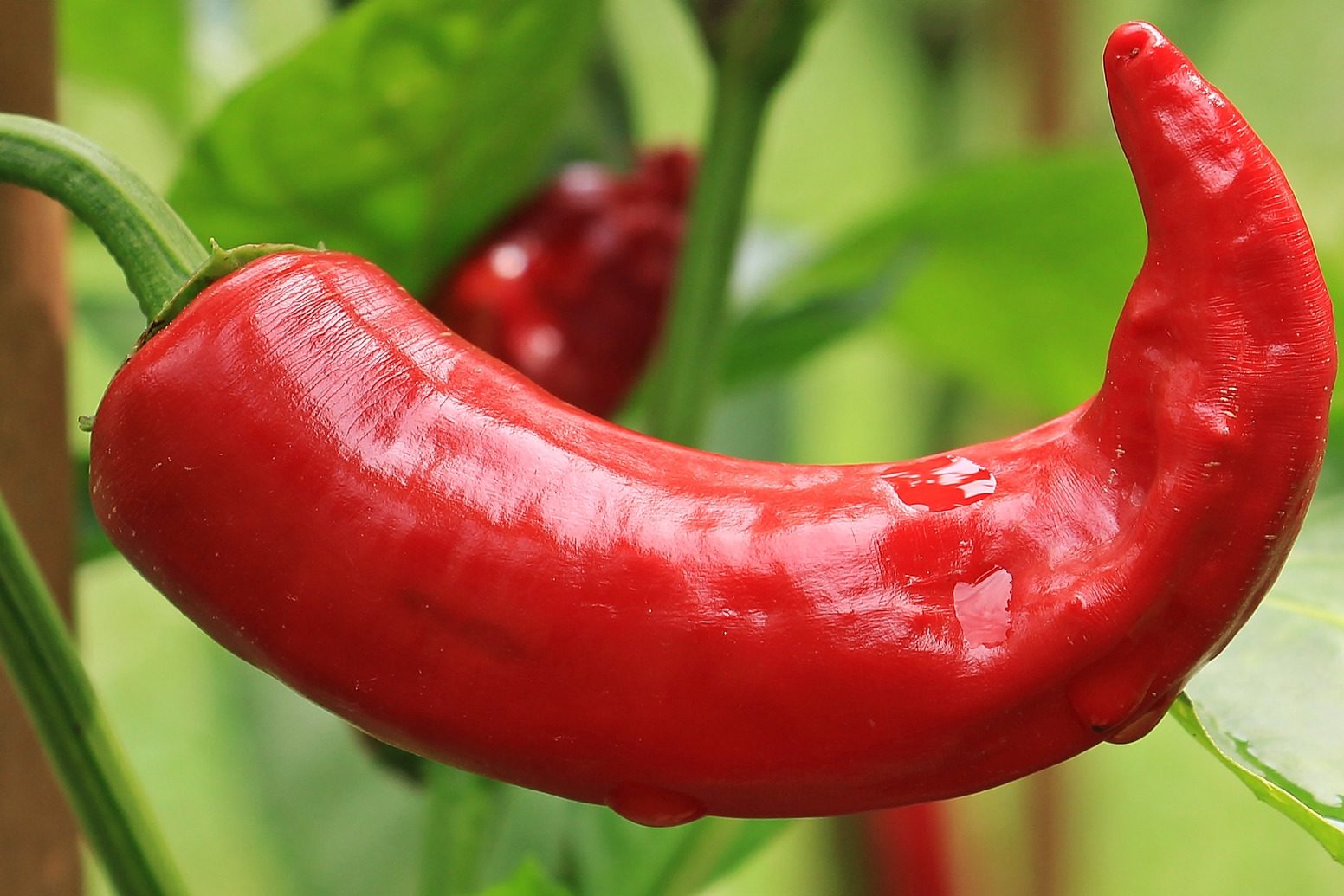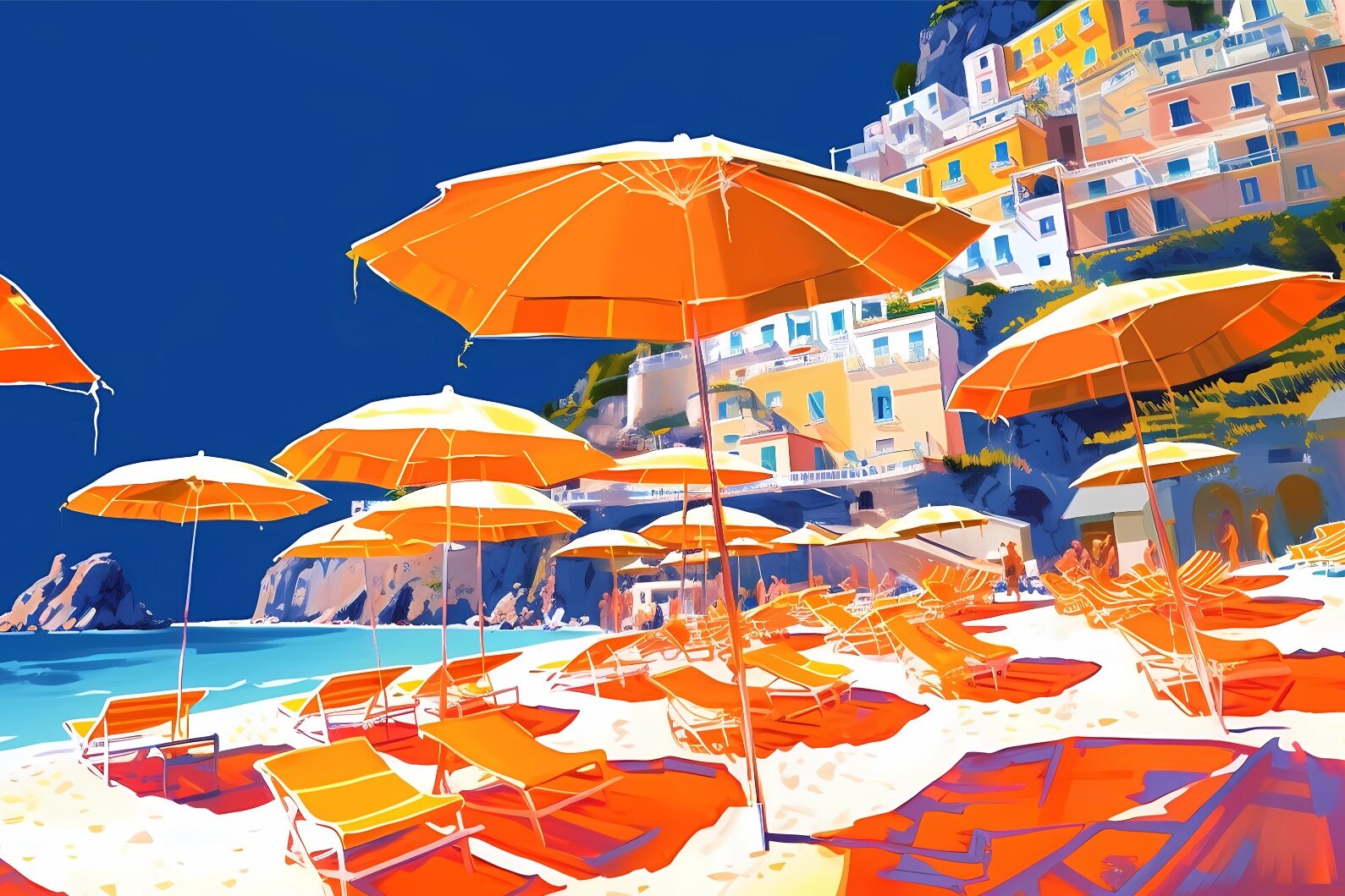When visiting Venice most travelers are so overwhelmed by its beauty and uniqueness they seldom explore the surrounding area – a real pity since many towns and villages of the Laguna offer plenty of charm, a rich history and a more relaxed pace. Chioggia is one of those towns, along with Burano and Pallestrina, that are often overlooked but shouldn’t, as it is a great alternative to get away from the crowds of Venice.
Seen from above, Chioggia is shaped as a bonefish: often called “little Venice” it stands on an island connected to the coast by only a handful of roads and, like Venice, it is cut in two by a main canal, the Canal Vena, which can be crossed using nine bridges. The calli –narrow alleys– and the campi –small squares– are also similar to those found in Venice and similar, too, is the architecture when it comes to stunning churches and extravagant palazzos. Ponte Vigo, the bridge located where the canal flows into the laguna, leads visitors to Piazza Vigo, home to an impressive column topped by a statue of the leone Marciano, the lion symbol of the regional proud history. Locals ironically call it “il gattone” – the big kitty – as the statue is much smaller than those seen in Venice.
The Cattedrale di Santa Maria Assunta is the oldest and most important religious building in Chioggia and, although its origins are unclear and mysterious, historians agree that the oldest part of the church dates back to the 1100s. The Cathedral was destroyed in a fire on the night after Christmas of 1623 and was thus completely redesigned and rebuilt using a very linear and simple design: the façade is home to only two statues, one of each side of the entrance, depicting the two patron saints of the town, Felice and Fortunato. Noteworthy are the imposing Baroque organ and the baptistry.
The Torre dell’Orologio, located next to the Church of St. Andrews dates back to the 1100s and was once used as a watchtower: its clock is one of the most ancient tower clocks in the world – recent studies have proved it to be older than the one in Salisbury, England – and was built by Giovanni Dondi dall’Orologio, a local doctor, astronomer and clock builder from the 1300s.
Chioggia also features some interesting museums, perfect for those who want to get a better understanding of local culture. The Museo Civico della Laguna Sud, not far from the Cathedral, is located in an ex Franciscan convent and narrates the historical and environmental evolution of the surrounding territory.
Palazzo Grassi, close to Ponte Vigo, is home to the interesting Museo di zoologia adriatica Giuseppe Olivi, a university museum dedicated to the rich marine life of the Adriatic Sea.
Chioggia’s cultural life is lively and rich and, especially during the summer, it organizes several events that range from the Festa Popolare dedicated to Santa Maria Ausiliatrice, to historical reenactments, to the Sagra del Pesce, a culinary event showcasing local seafood specialties.
Local cuisine may not be as famous as that of nearby Venice, but is worthy of being tried and discovered. The bibarasse in cassopipa – clams with fried onions and garlic – and the buboli da vida – snails– are two great ways to start off a lunch or dinner in Chioggia. Seafood, of course, is the main protagonist on local menus and it comes in all forms, from stewed eel to granseole, a very delicate crab meat that can only be found in the area. Radicchio, too, is a local favorite and has little to do with that found elsewhere: the rosa di Chioggia, cultivated year round, has a much more delicate flavor and is used to prepare risotto, lasagna, pasta and soups or is served grilled as a side dish for roasted fish. Those who have a sweet tooth should try the suguli, a cream prepared by cooking grapes with flour, or the smegiassa, a sort of sweet bread prepared with honey, pumpkin, pine nuts and raisins.
Chioggia can be reached by car using the A4 Milano – Bologna highway and taking exit Padova, then following SS516 for Chioggia; by train it can be reached from Rovigo and Mestre; the closest airports are Aereoporto Venezia Marco Polo, which offers a bus connection to Chioggia, or Aeroporto Verona Valerio Catullo. Chioggia can also be reached by vaporetto (ferry boat) from Venice: the trip takes about 1 ½ hours and is a beautiful and scenic way to reach town.
